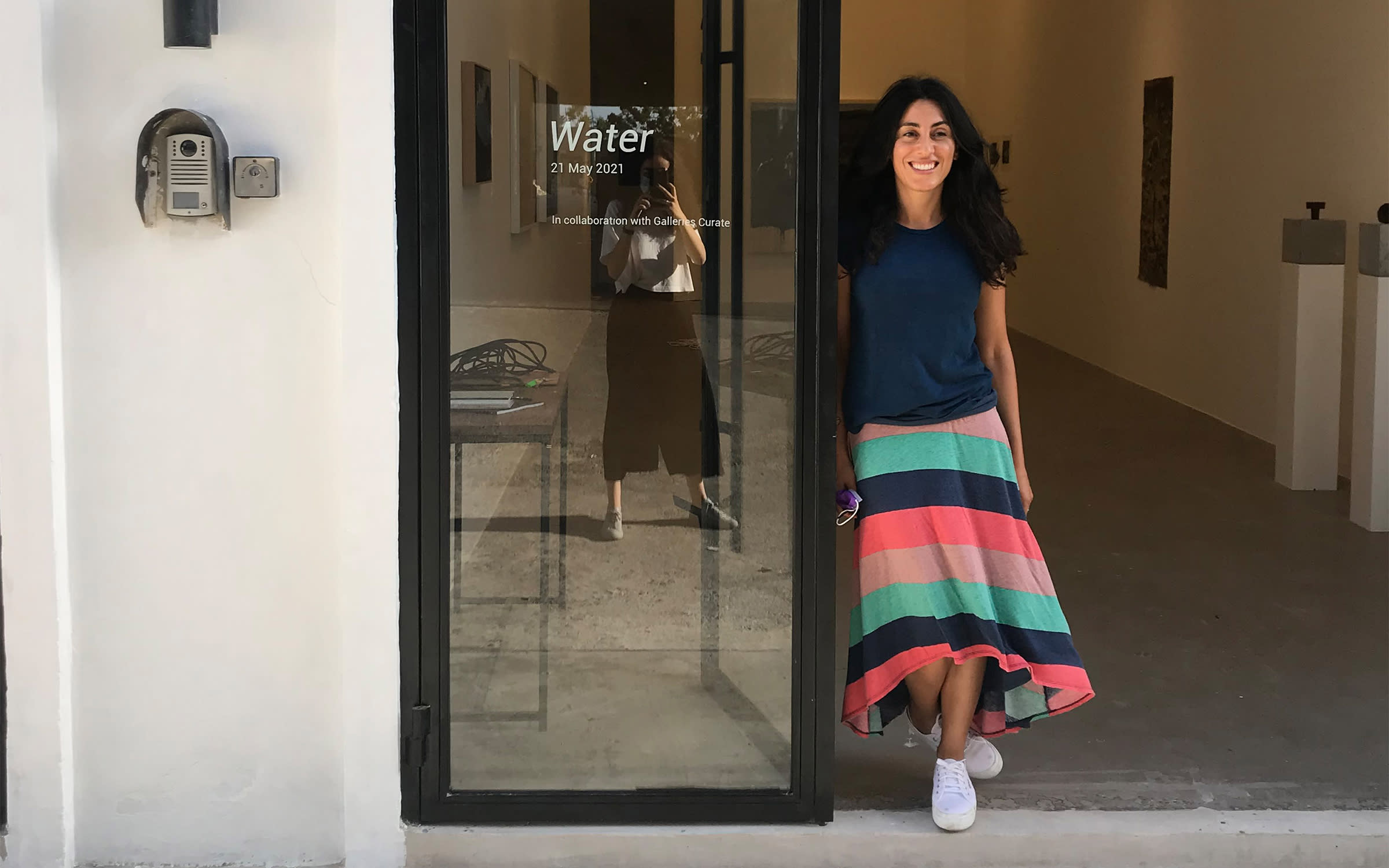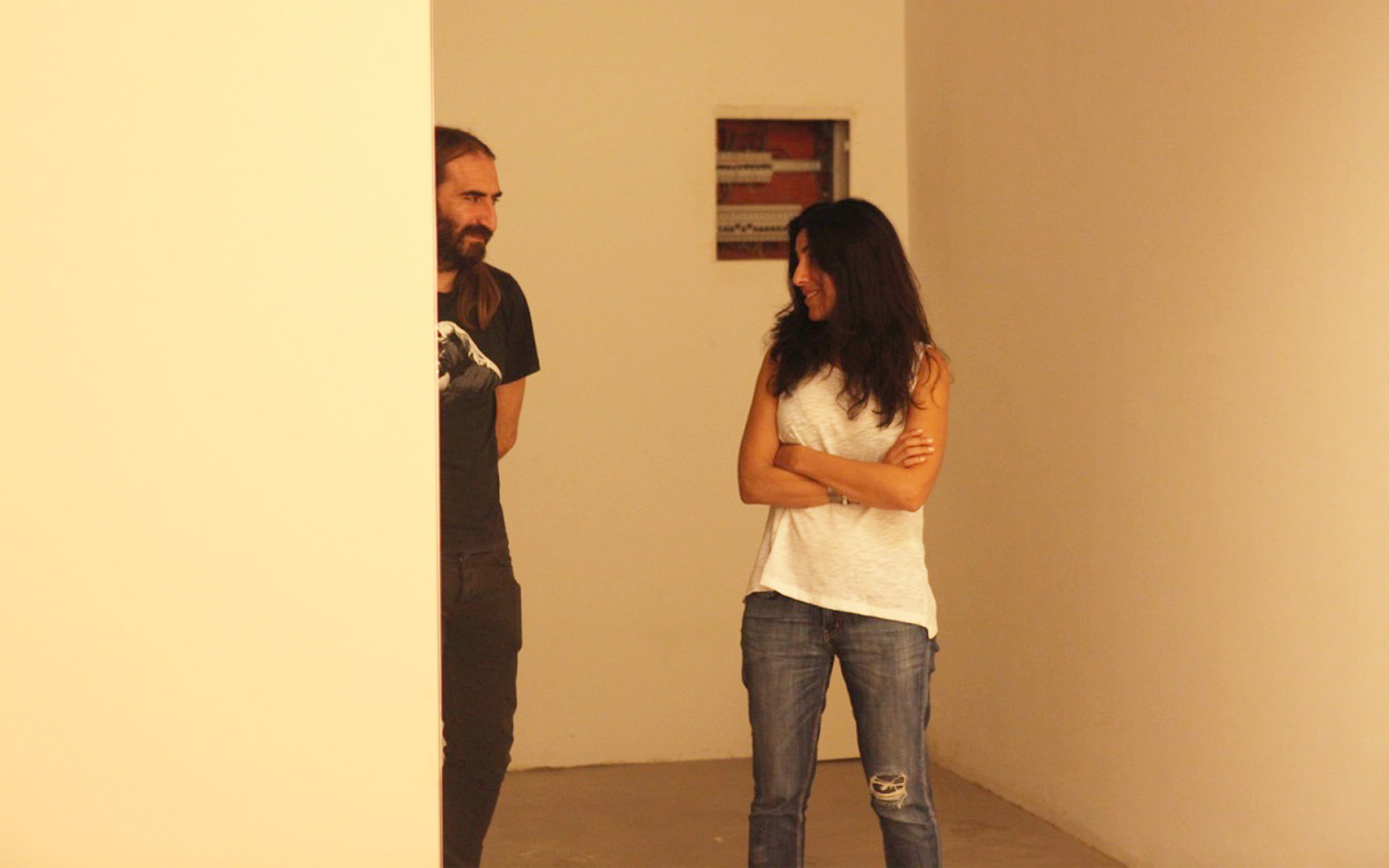‘This is not resilience’: Gallerist Joumana Asseily on life after the Beirut blast
Despite the challenges, the founder of Marfa’ has never been more committed to Lebanon. In her upcoming Art Basel presentation, artist Vartan Avakian will highlight the country's complex history
Connectez-vous et inscrivez-vous pour recevoir la newsletter Art Basel Stories

